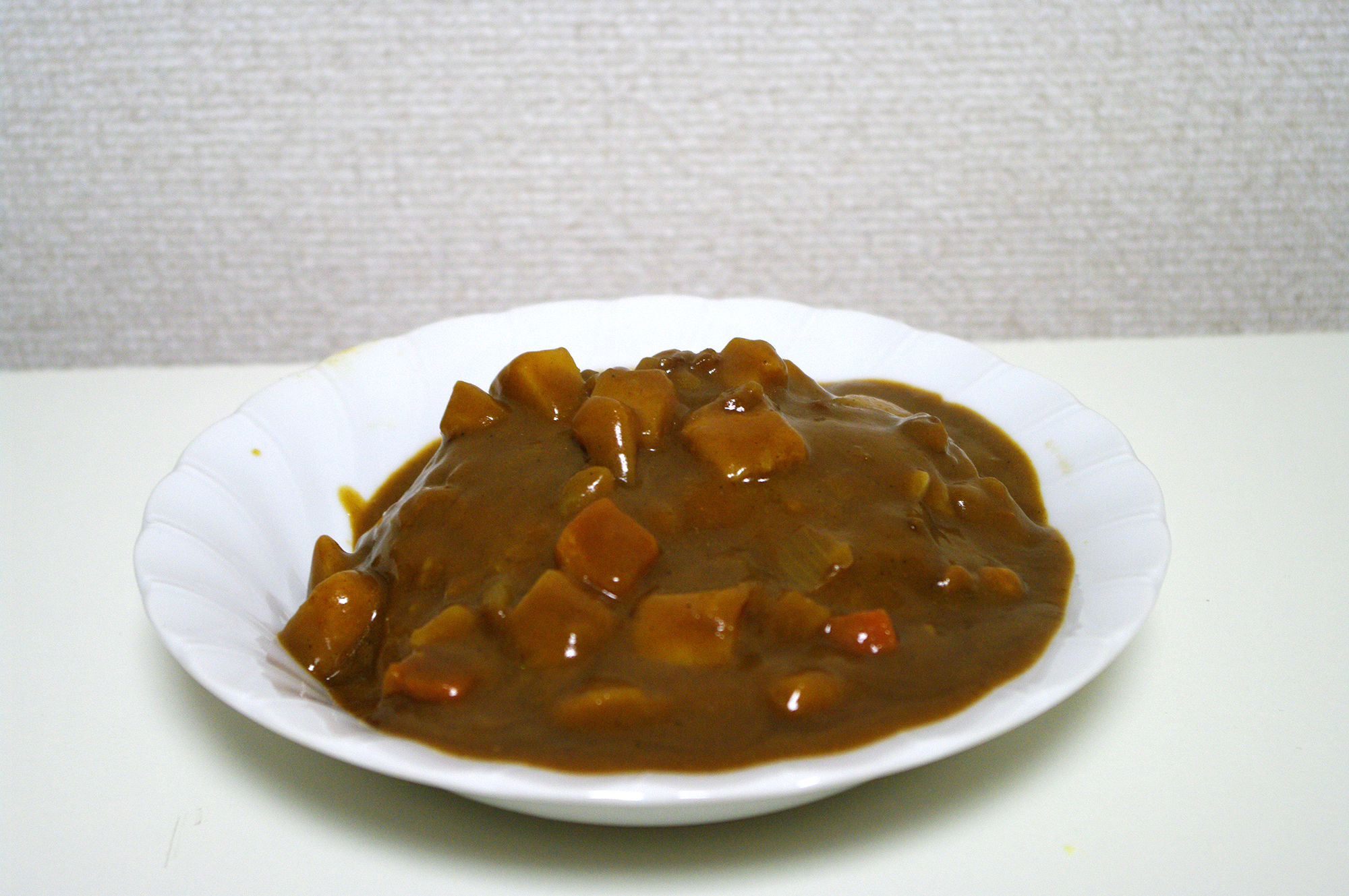功能與重點
Kyoto Imperial Palace is renowned for its exquisite traditional architecture, expansive gardens, and historical significance. The palace features distinctive elements such as elegant wooden structures, sublime tatami mat interiors, and beautifully landscaped gardens, showcasing seasonal flora. Its serene atmosphere and scenic views of the surrounding mountains make it a unique cultural experience.
歷史
The Kyoto Imperial Palace, once the residence of the Emperor of Japan, boasts a rich history dating back to the 8th century. Originally constructed in 794 when the capital was moved to Kyoto, the palace has undergone several renovations due to fires and conflicts. It witnessed significant events in Japanese history, from the Heian Period to the Meiji Restoration, when the imperial family moved to Tokyo. The palace symbolizes Japan’s imperial heritage and cultural evolution.
最佳旅遊時間
The best times to visit Kyoto Imperial Palace are during spring (March to May) and autumn (September to November). Spring brings the stunning cherry blossoms, transforming the gardens into a picturesque scene. In autumn, the foliage changes to vibrant hues of red and gold, creating a breathtaking backdrop for visitors exploring the site.
訪問資訊和建議參觀時間
Kyoto Imperial Palace is easily accessible by public transportation. Take the Kyoto City Bus to the “Kyoto Gyoen” stop or the subway to “Marutamachi Station.” The palace is open to the public, and guided tours are available. Recommended visiting hours are from 9 AM to 5 PM, with last entry at 4:30 PM to avoid peak crowds.
周邊資訊
In addition to the palace, visitors can explore the stunning Kyoto Gyoen National Garden, the Sento Imperial Palace, and numerous temples and shrines nearby. The area is also home to quaint tea houses and restaurants, offering a taste of traditional Kyoto cuisine, enhancing the overall experience of the visit.
圖片
Here are some captivating images of the Kyoto Imperial Palace:

Photo of the main entrance.

Beautiful gardens showcasing seasonal flowers.

Vibrant autumn foliage surrounding the palace.
常見問題(服裝、規則)
Visitors are advised to wear comfortable shoes for exploring the grounds, as there is a fair amount of walking involved. While there is no strict dress code, it is recommended to dress respectfully. Photography is allowed in most areas; however, flash photography may be restricted. The palace is open year-round except for certain holidays.
參考資料
半徑 10 公里內的推薦景點
- 探索加茂川:自然愛好者的京都景觀寶庫
- 探索京都嵯峨野浪漫列車之美
- 探索哲學家之路:京都市景觀之旅
- 探索寧靜的桂御苑:京都必遊之地
- 雄偉的二條城:日本京都的歷史瑰寶
- 探索遠良寺:滋賀縣大津市的歷史瑰寶
- 探索 Ongojoji:滋賀縣大津市隱藏的寶藏
- 探索近江神宮:滋賀縣大津的文化瑰寶
- 探索清水寺:景色壯麗的京都代表性寺廟
- 探索金閣寺:京都金閣|文化瑰寶
- 探索大覺寺:京都的歷史瑰寶
- 探索東寺:京都的聯合國教科文組織遺產
- 探索東本願寺:京都的精神瑰寶
- 探索西本願寺:京都歷史悠久的寺院
- 探索南禪寺:京都隱藏的瑰寶
- 探索東福寺:日本京都必遊之地
- 探索銀閣寺:京都的銀閣
- 平安神宮:日本京都的文化瑰寶
- 探索龍安寺:京都的禪宗傑作
- 探索永觀善林寺:隱藏在京都的瑰寶
- 探索天龍寺:京都令人驚嘆的禪寺
- 妙心寺:京都歷史悠久的禪宗聖地
- 探索京都八坂神社的美麗與歷史
- 探索京都的高台寺:禪宗建築與文化的瑰寶
- 探索千歲院:日本京都的歷史瑰寶
- 探索千尺院:京都禪寺中的隱世珍寶
- 探索伏見稻荷大社:京都的雄偉神社
- 聖蓮院:京都文化遺產中隱藏的瑰寶
- 探索志仙道和定山寺:京都隱藏的瑰寶
- 探索寬裕寺:京都隱藏的瑰寶
- 探索慶寧寺:日本京都的歷史瑰寶
- 大覺寺:日本京都的歷史瑰寶
- 探索京都寧靜的聖如寺
- 探索善林寺:京都寧靜的禪宗天堂
- 探索光越寺:京都隱藏的瑰寶
- 探索萬壽院:隱藏在京都文化遺產中的瑰寶
- 探索仁那寺:日本京都的歷史瑰寶
- 探索北野天滿宮:京都的歷史瑰寶
- 探索 Adashino 念佛寺:京都的寧靜綠洲
- 探索光山寺:京都的隱藏珍品
- 探索高龍寺:歷史、重點和參觀指南
- 探索京都的淨果寺:隱藏的寧靜寶藏
- 探索仁王寺:京都隱藏的瑰寶
- 探索本山本寶寺:京都寺廟的瑰寶
- 探索正傳寺:京都市隱藏的寶藏
- 後空院:日本京都的寧靜隱居
- 探索松尾大社:日本京都的歷史神社
- 探索仁莊寺:京都隱藏的瑰寶
- 探索昭覺寺:京都歷史悠久的禪寺
- Konkaikōmyō-ji:京都的隱世珍寶
- 探索六原光寺:京都隱藏的瑰寶
- 探索藥師院:京都歷史悠久的寺院與令人驚嘆的庭園
- 探索京都靈觀寺:隱藏的精神遺產
- 探索迷人的京都城南神宮:歷史瑰寶
- 探索高麗神社:日本京都隱藏的瑰寶
- 京都吉田神社:歷史與自然的寧靜隱居
- 探索豐國神社:京都的歷史瑰寶
- 探索京都千本坂道(大本寺)的美與歷史
- 探索東寺院:日本京都隱藏的瑰寶
- 探索清隆寺:京都的歷史瑰寶
- 探索京都新莊五庫寺神蓮堂的寧靜氣氛
- 探索正覺院:在京都體驗寧靜的寺廟
- 探索五光宮:隱藏在京都的瑰寶
- 藤之森神社:京都市內的隱藏珍品
- 探索瑞神院:京都文化景觀中的隱藏珍品
- 探索羅山寺:京都隱藏的瑰寶
- 平野神社:京都豐富歷史中的寧靜隱居
- 探索今宮神社:隱藏在京都的瑰寶
- 探索 Kenkun Shrine:隱藏在京都的瑰寶
- 探索寧靜的定覺寺:隱藏在京都的瑰寶
- 探索吉歐寺:京都隱藏的瑰寶
- 探索遠滿院寺:滋賀縣大津市的歷史瑰寶
- 探索長樂寺:隱藏在京都的瑰寶
- 探索京都的北安寺和標誌性的八重塔
